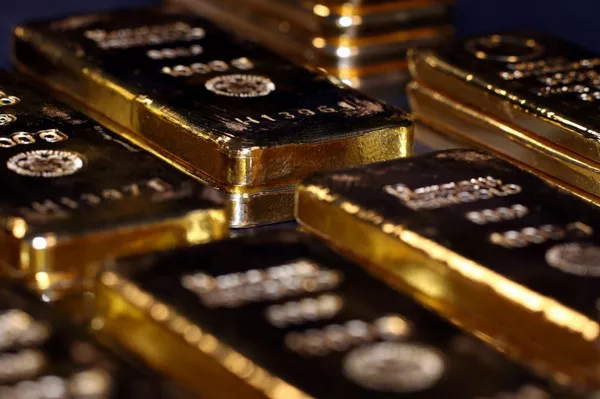India, a nation with a deep cultural affinity for gold, has a unique and vibrant market for the precious metal. The spot gold price in India is a focal point for investors, consumers, and those culturally connected to gold. In this comprehensive article, we delve into the multifaceted factors that influence spot gold prices in India, from cultural traditions to economic indicators.
I. Factors Shaping Spot Gold Prices in India
1. Cultural Significance: Gold holds immense cultural significance in India, deeply embedded in traditions, ceremonies, and religious practices. Events like weddings and festivals often witness a surge in gold demand, impacting spot prices.
2. Festive Seasons and Weddings: Festivals and weddings are synonymous with gold purchases in India. During auspicious occasions, the demand for gold surges, influencing spot prices. Diwali, Dhanteras, and Akshaya Tritiya are particularly known for increased gold buying.
3. Investment Demand: Gold is not only a cultural ornament but also a popular investment in India. The perception of gold as a safe-haven asset and a hedge against inflation drives investment demand, impacting spot prices.
II. Market Dynamics in Indian Gold Trading
1. Multi-Tiered Gold Market: India’s gold market operates at multiple levels, including jewelry shops, banks, and online platforms. Observing trends in gold sales across these tiers provides insights into the overall demand and market sentiment.
2. Gold Import Policies: India is one of the largest importers of gold globally. Government policies regarding gold imports, duties, and regulations can impact the supply and pricing of gold in the domestic market.
3. Rupee-Dollar Exchange Rate: The exchange rate between the Indian Rupee and the U.S. Dollar influences the cost of imported gold. Fluctuations in the exchange rate can directly impact the spot gold prices in India.
III. Gold as an Integral Part of Indian Culture
1. Traditional Jewelry: Indian households often pass down gold jewelry through generations. The cultural preference for gold in the form of jewelry contributes to sustained demand, affecting spot prices.
2. Religious Offerings: Gold is frequently offered to deities during religious ceremonies and festivals. This ritualistic use of gold contributes to consistent demand, especially during religious festivities.
3. Store of Value: In addition to cultural and religious significance, gold is considered a reliable store of value in India. This perception encourages long-term investment and contributes to the stability of spot gold prices.
IV. FAQs on Spot Gold Prices in India
Q1: How does cultural significance impact spot gold prices in India?
A1: The cultural significance of gold in India, especially during festivals and weddings, significantly influences the demand and, consequently, the spot prices of gold.
Q2: What role do government policies play in the Indian gold market?
A2: Government policies, particularly those related to gold imports and duties, can directly impact the supply and pricing of gold in the Indian market.
Q3: How does the exchange rate affect spot gold prices in India?
A3: The exchange rate between the Indian Rupee and the U.S. Dollar affects the cost of imported gold, influencing spot gold prices in India.
Q4: Is gold primarily seen as jewelry or an investment in India?
A4: Gold in India serves dual roles—it is a cultural ornament in the form of jewelry and a popular investment, driven by perceptions of gold as a safe-haven asset.
Q5: Why does gold see increased demand during festivals and weddings in India?
A5: Festivals and weddings are auspicious occasions in India, and gold is considered an integral part of celebrations, leading to heightened demand and impacting spot prices.
In conclusion, the spot gold prices in India are intricately linked to cultural practices, festivals, and economic factors. Investors and enthusiasts navigating the Indian gold market must comprehend this unique interplay to make informed decisions in a market shaped by tradition and contemporary economic influences.

